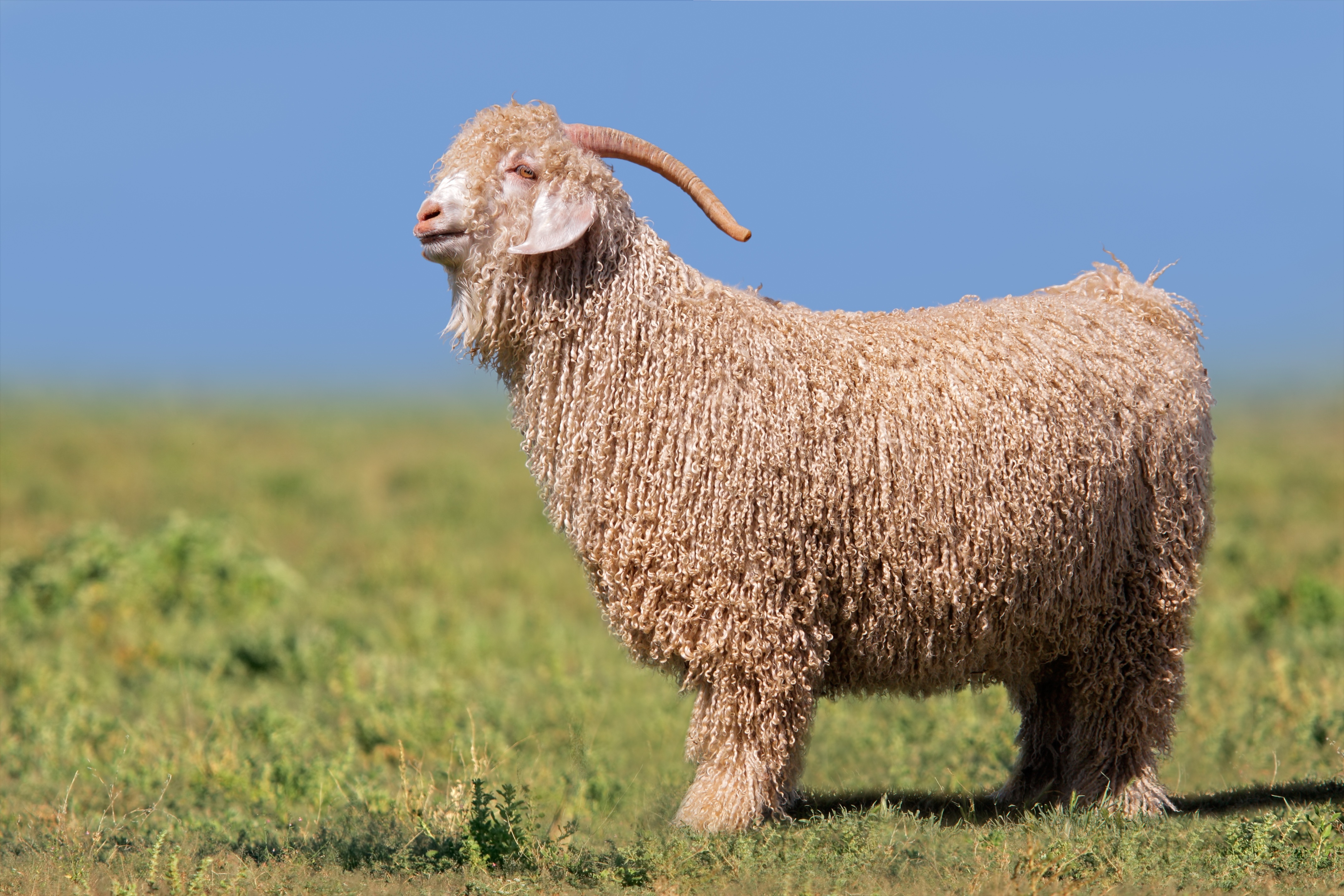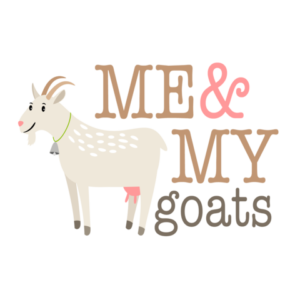
You can easily spot a doe from a buck deer because you just look for the antlers! Many people reason that goats should work the same way, right? However, horns are not always an indication of gender when it comes to goats.
Male and female goats are typically born with horns. If they do not have horns, then it was usually caused by a genetic mutation (known as polled goats) or else their horns were removed at a young age. All goats typically have horns unless something removes them.
This similarity between males and females can make gender identification difficult to figure out. Especially when humans have a practice of dehorning goats. There are even goats naturally born without horns, but the majority of goats typically are born with buds. Buds are tiny horns found on kid goats. Down below we will cover any questions related to these topics.
Disbudding and Polled Goats
Disbudding is the removal of horns on a baby animal by burning off the tiny horns. This is a common practice, but owners need to be careful. Any mistakes can be lethal to the goat and cause potential brain damage. Trying to remove horns on an adult goat can cause them to bleed out. This is why this practice is done to baby goats who are only a few days or few weeks old. Only an expert should attempt this procedure, so don’t try to do it yourself.
Down below is a video on an expert veterinarian removing the buds on a kid goat.
All goats are born hornless, but polled goats will not grow them at all. Polled goats are goats who naturally were born without the ability to grow horns. Humans have tried to breed polled goats but this caused other genetic mutations to arise so the practice has died down in parts of the world.
There is still much debate going on whether polled goats can cause a higher chance of Hermaphroditism. Hermaphroditism is a sterile animal with both male and female reproductive organs. Goats have two slots in their genetics for their horns. The polled gene is actually a dominant trait; while the horned gene is recessive. So you may find a goat without horns, but this won’t give you any indication as to what their gender is.
Pros and Cons to Horns
Wondering if you should let your goat keep their horns? Or maybe it would be safer to get them removed? Here are the pros and cons of the possible removal of your goat’s horns.
Goats use their horns to serve as an air conditioning system during hot weather. Blood flows through their horns and through their body which helps them keep their internal temperature in check. Experts recommend against dehorning breeds such as the Angora goat species that can easily overheat.
It is important to keep in mind that goats need their horns to protect themselves. So while there may be concerns about keeping other goats, children, and others safe; realize that goats grow horns for a reason. They use their horns for communication and protection. Sometimes they will ram or headbutt to show affection or aggression, depending on the situation. In the wild, if there is a predator they can use their horns to keep the predator away. It is also a. common practice for males to fight with their horns to assert dominance.
However, many farm owners or pet owners may be concerned about the safety and health of the other goats, pets, children, or the goat themselves. So disbudding goats can be seen as a benefit to making sure everyone is safe. Horned goats can potentially cause trauma for other goats, and tend to get their horns stuck on fences. It is usually required for a goat to be disbudded to be accepted in goat shows. So if you are planning on showcasing your goat, it is usually best to get your goat dehorned.
Gender Identifying
Kid goats can be harder to identify than adult goats. It is much easier to check underneath the tail than to look for a penis or testicles. You may mistake the umbilical cord for either of them. Boys will have only one hole under the tail while females have two holes. Both goats will have an anus.
Grown goats will have fairly noticeable differences. Female goats have udders while males have testicles and penises. The supplier who gave you your goat can also inform you of their gender when you purchase them.
Species of Goats
Most goat horns are narrow, short and have a slight curve. There are different variation of horns across different species though. Each species are uniquely suited to survive the region that they originated from. There are about 300 different species of goats out there! That is quite a few, so we will focus on goats that you will most likely find on dairy farms, ranches, or in your neighbor’s backyard. According to the United States Department of Agriculture there are four main goat breeds that found here in the States:
- Dairy goats
- Spanish or Mexican goats
- South African Boer goats
- Angora goats
Dairy goats are among the more common types of goats you will find on cattle ranches or even as pets! Their milk can be used for consumption, recipes, and making soap. Female dairy goats are called does. It is more common for a dairy goat to grow horns, but it is also common for her to be dehorned a few days or weeks after she is born.

Spanish goats have pointy, curved, or even straight horns. There are many different subspecies to this type of goat so there is no particular shape or size for Spanish goats. They are typically raised for their meat and originate from Spain.

The horns of a South African Boer goat lay close to their head and this breed typically has white and brown fur. This particular goat breed will develop a curve in their horns as they get older. You may find these goats being sold at goat shows where they are showcased, bought, and sold by customers.

Angora goats are raised primarily for their wool, which is used to make cloth. Their horns stick out sideways from their head and have a slight curve to them. In order for them to live happy and healthy lives, they need to be sheared regularly. It is recommended for them to be sheared twice a year.

